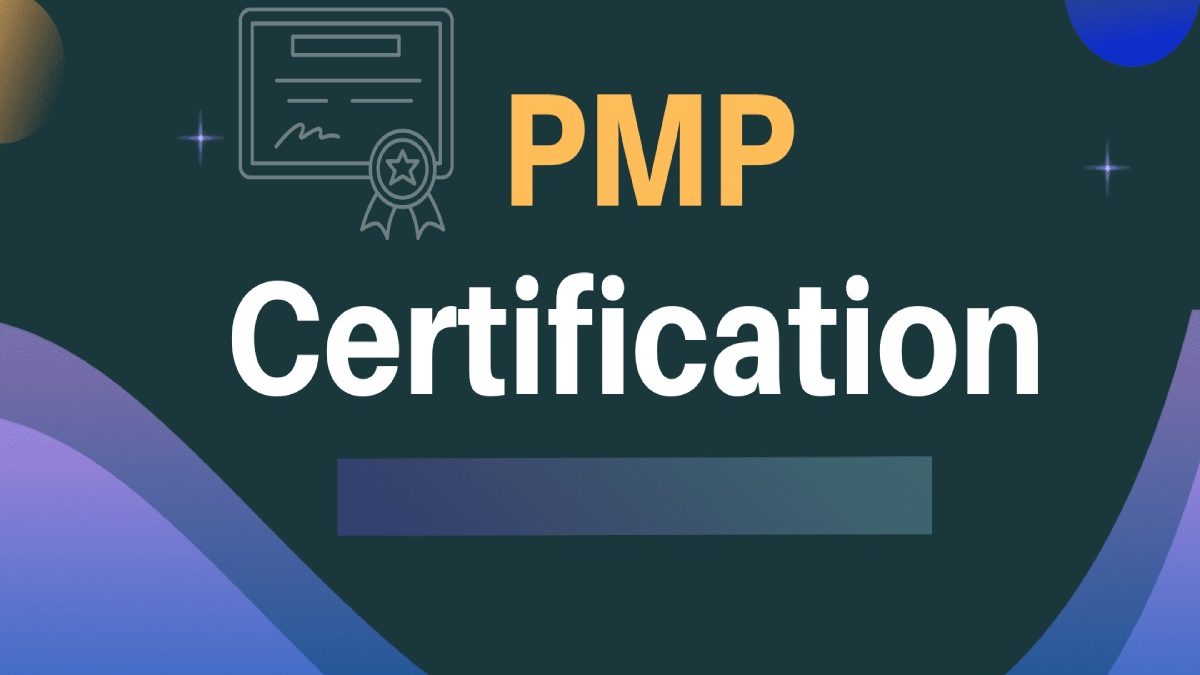The PMP (Project Management Professional) certification is a renowned credential that showcases an individual’s deep knowledge and competence in project management. Acquiring the PMP certification is highly advantageous in today’s competitive job market. Candidates must successfully pass a comprehensive examination that rigorously evaluates their understanding of project management principles, methodologies, and best practices to obtain this certification. Additionally, candidates need to meet educational and professional experience criteria. The PMP certification process comprises two distinctive approaches, commonly referred to as the Top and Bottom approach. This essay endeavors to delve into and elucidate these two perspectives in great detail.
Table of Contents
The Top Approach:
The recommended approach for PMP certification involves initially obtaining a broad understanding of project management concepts, processes, and frameworks. This approach emphasizes the importance of comprehending the overall scope of project management before delving into intricate details. As part of this approach, candidates start by familiarizing themselves with the Project Management Body of Knowledge (PMBOK), which serves as the primary reference material for PMP certification. The PMBOK presents an all-encompassing framework that covers the entire project management lifecycle, including knowledge areas and process groups.
By following this approach, candidates acquire a comprehensive perspective on project management and its various components. This aids in establishing a strong foundation and comprehension of the fundamental principles, techniques, and methodologies required for successful project management. Candidates gain knowledge about project initiation, planning, execution, monitoring and controlling, and project closure, as well as the underlying processes involved.
The Bottom Approach:
Contrary to the Top approach, the Bottom approach in PMP certification emphasizes a more detailed comprehension from the beginning. Candidates who adopt this approach dive into the specific knowledge areas and processes outlined in the PMBOK guide right from the start. They diligently study each individual component, with the aim of attaining a thorough understanding of the intricacies involved in project management.
The Bottom approach affords candidates the opportunity to meticulously explore each knowledge area and process group. They dedicate their attention to comprehending the inputs, tools and techniques, and outputs associated with each process. Through a comprehensive examination of each aspect, candidates develop a profound understanding of project management methodologies and how they can be effectively applied.
When candidates begin their journey towards PMP certification by starting at the foundational level, they acquire a comprehensive comprehension of project management processes and how they are interconnected. This method equips them with the necessary skills to analyze intricate project scenarios and make well-informed choices. Moreover, it enables the implementation of project management techniques in practical projects, honing their ability to handle challenges and guarantee favorable project results.
Choosing the Approach:
The decision to opt for either the top approach or the bottom approach in PMP certification cost is contingent upon individual inclinations, prior knowledge, and experience. Certain candidates perceive value in initially setting a strong groundwork by adopting the Top approach, while others lean toward delving directly into the intricacies with the Bottom approach. Ultimately, the selection hinges on the individual’s preferred learning style, time availability, and familiarity with project management principles.
Conclusion:
The PMP certification offers professionals a valuable advantage in improving their project management skills and advancing their careers. Candidates have the choice to adopt either the Top or Bottom approach during the certification process. The Top approach provides a comprehensive understanding of project management as a whole, while the Bottom approach focuses on the specific details and intricacies of each knowledge area and process group. Both approaches offer unique benefits, and the decision relies on individual preferences and circumstances. Regardless of the chosen approach, obtaining PMP certification demonstrates a dedication to achieving excellence in project management and opens up exciting career prospects.

